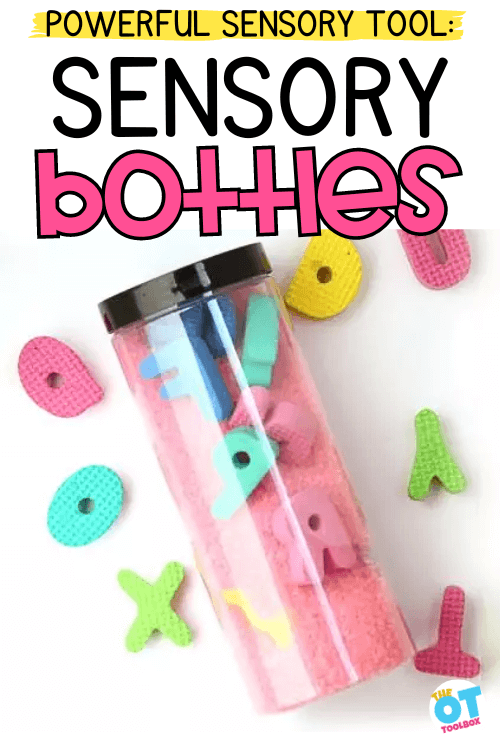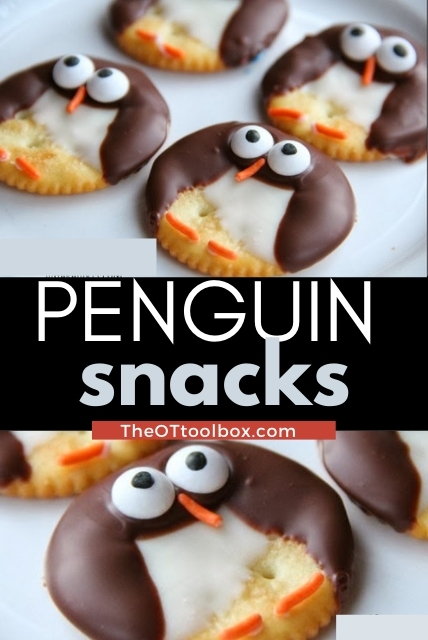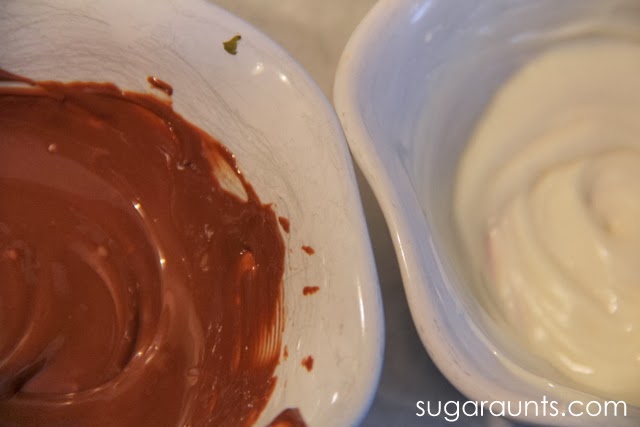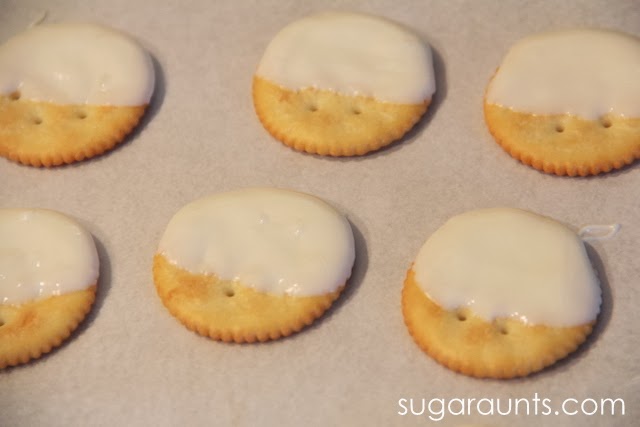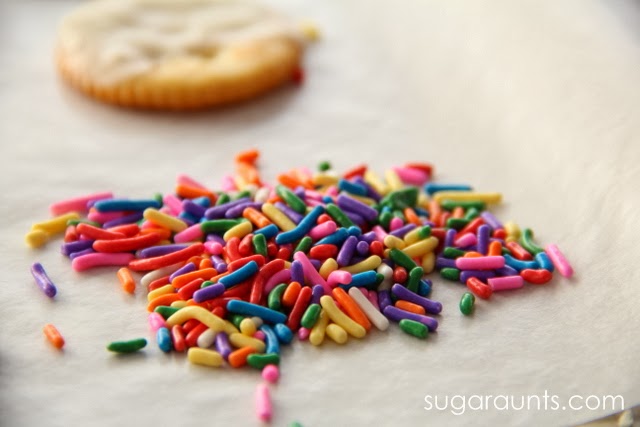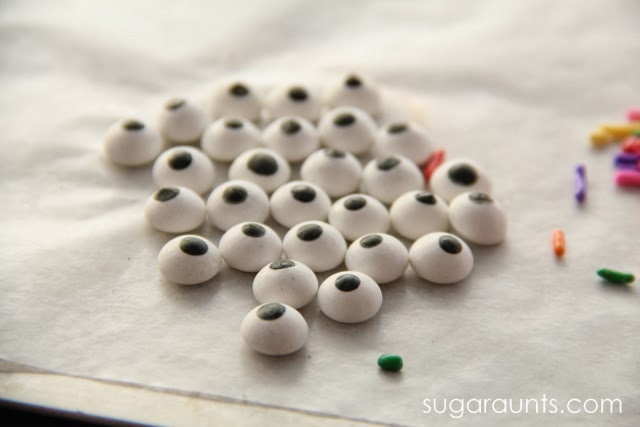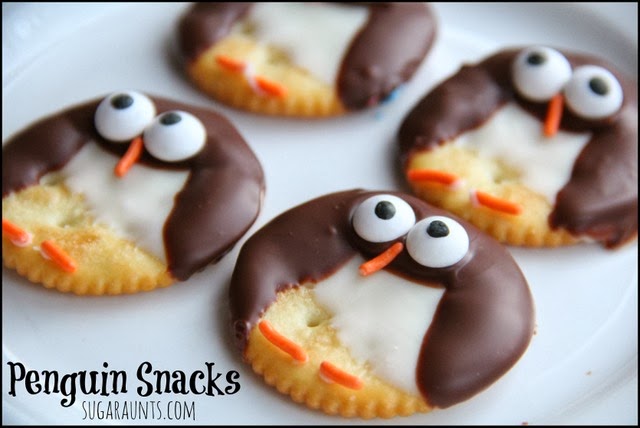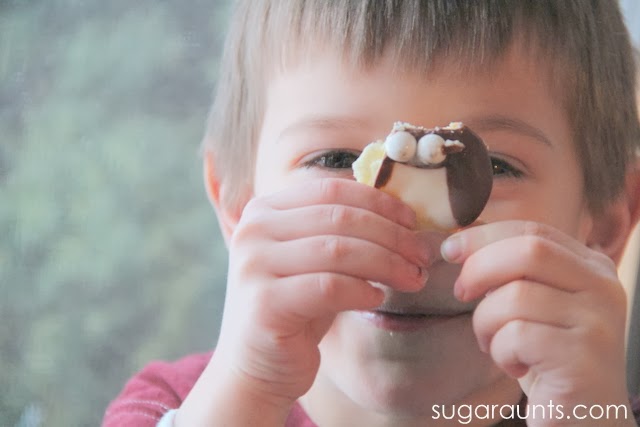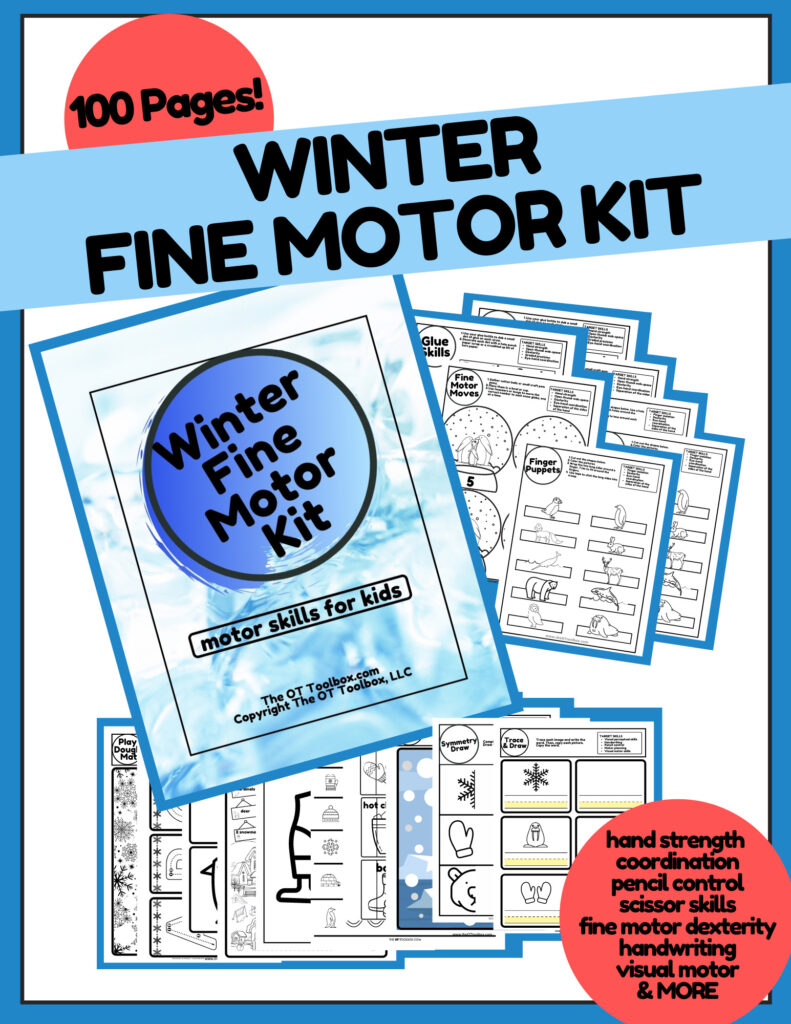Evidence tells us that physical exercise is a strong influence on wellbeing. Here, we’re breaking down the evidence and identifying aspects of exercise wellbeing and overall wellness. Therapists who struggle with burnout in the industry know that self-care and intentional focus on wellbeing makes an impact on day to day tasks. But taking what we know as professionals and applying it to our own lives can sometimes be difficult! Let’s take a look at what science says about the benefits of exercise on wellness.
You’ll also find my top tips for using physical exercise to promote self-care as a busy therapist.
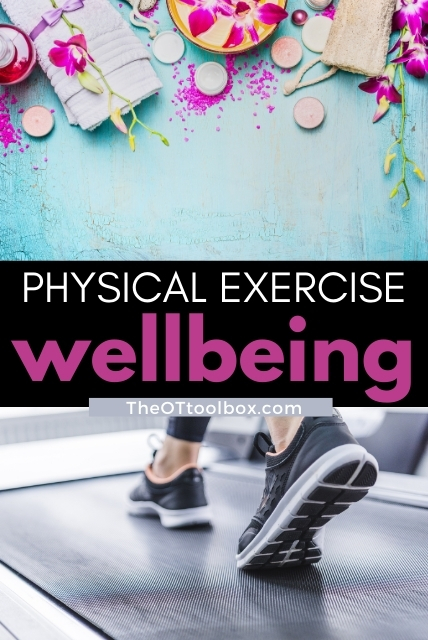
Physical activity
Physical activity can mean different things to different people. The World Health Organization has a fact sheet on physical activity, including recommendations for physical activity levels for different ages.
Beyond the obvious physical health benefits, participation in physical activity benefits areas such as:
- Physical health benefits
- Physical activity reduces symptoms of depression and anxiety
- Physical activity enhances cognitive functioning, including thinking, learning, and judgment skills
- Physical activity ensures healthy growth and development
- Physical activity improves overall well-being
We can break down physical activity into physical activity that includes a structured and repetitive, and has as an objective. This might include planning to and following through with a walk around the block every morning, or doing 20 crunches 3 times a week, or running a mile at the track. Physical exercise can come in many forms!
Physical exercise and wellbeing
Adding physical exercise has benefits in many aspects of wellbeing. Take a look at the wellness wheel.
Physical exercise impacts mood. Research tells us that mood and physical health are related. And, mood is a predictor of well-being in many ways, including self-esteem. Self-esteem includes how positive a person feels about themselves. That aspect of emotional skills impact mental health in areas of an individual’s thoughts, emotions, values, and goals. And, a positive level of self-esteem carries over to having a positive attitude about themselves and the world around them.
Other components of mood include a growth mindset, mindfulness, contentment, positivity, motivation, happiness or emotional regulation, and curiosity. These are the components of emotional well-being. These components allow us to meet the demands of everyday life.
Many studies show that physical exercise impacts emotional well-being.
All of this plays a role in burnout in the workplace.
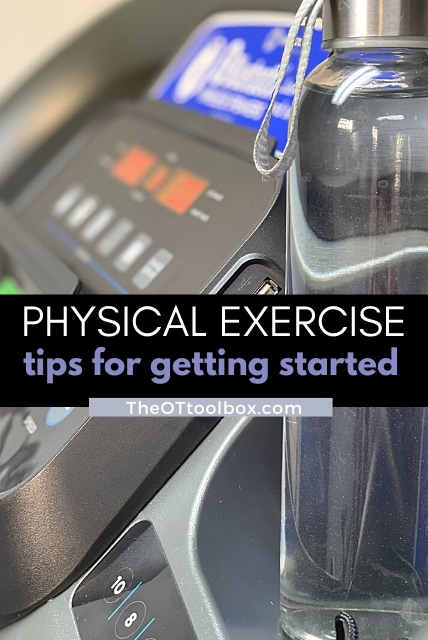
Tips for Physical Exercise and Wellbeing
Incorporating physical exercise into a lifestyle doesn’t need to be difficult. Below are some tips and strategies to integrate physical exercise into the day-to-day.
When a physical routine involves your interests, that makes it easier to stick with it.
Make it personal– Personally, my favorite physical exercise involves running and walking. When weather is bad or it’s too cold outdoors, I turn to my treadmill. I love to run along to music, podcasts, and even Netflix when running on the treadmill. What motivates you?
Make achievable goals– Adding physical exercise doesn’t mean you need to sign up for a 5K race. Just 5 or 10 minutes on the treadmill makes a big difference in mood and emotional well-being.
Plan it out– Schedule physical exercise into your day. When it’s written down, it becomes more real.
Start slow– Take a walk around the block. Begin with low intensity physical exercise. On the treadmill, begin with an achievable goal using the programing options. A low intensity routine might include a fast walk or slow run at 1% or 2% incline.
If you are looking for exercise equipment to add to your physical exercise toolbox, check out Horizon Fitness for equipment and accessories at all levels.
Affiliate links are included in this post, but I only recommend products that I own, and love!

Colleen Beck, OTR/L has been an occupational therapist since 2000, working in school-based, hand therapy, outpatient peds, EI, and SNF. Colleen created The OT Toolbox to inspire therapists, teachers, and parents with easy and fun tools to help children thrive. Read her story about going from an OT making $3/hour (after paying for kids’ childcare) to a full-time OT resource creator for millions of readers. Want to collaborate? Send an email to contact@theottoolbox.com.
Courneya, K.S., Friedenreich, C.M. Physical exercise and quality of life following cancer diagnosis: A literature review. ann. behav. med. 21, 171 (1999). https://doi.org/10.1007/BF02908298
Gilani, S., & Feizabad, A. K. (2019). The effects of aerobic exercise training on mental health and self-esteem of type 2 diabetes mellitus patients. Health psychology research, 7(1), 6576. https://doi.org/10.4081/hpr.2019.6576

